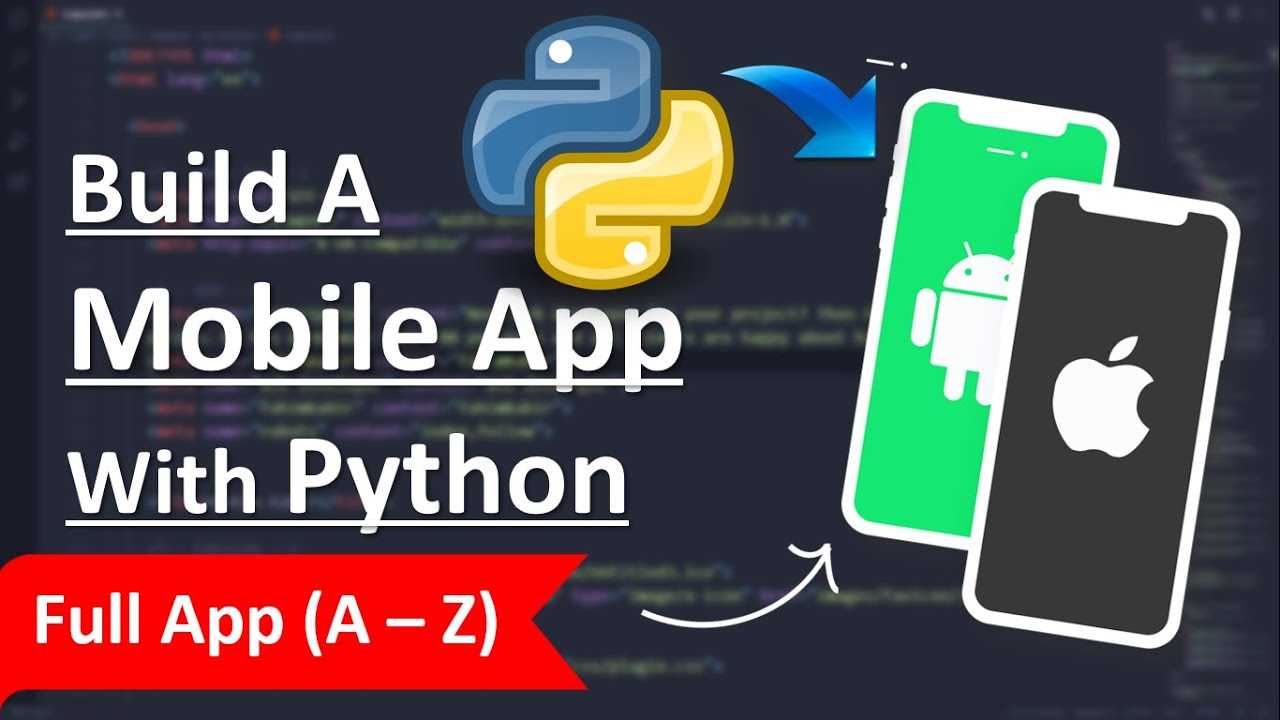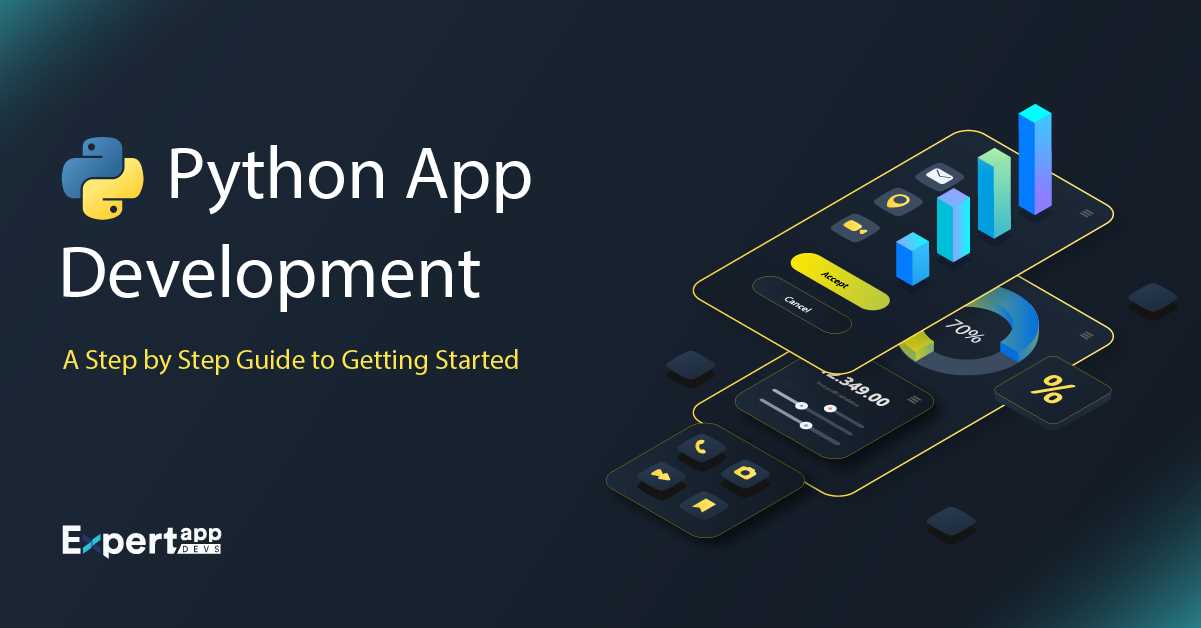
Python is one of the world’s most popular programming languages, known for its unique simplicity and readability. Whether you are a novice or an experienced developer, the presence of assistant application code has the potential to increase your productivity and efficiency. This step-by-step manual will guide you through the process and create your own Python code assistant application.
The first step in developing a code assistant application is to define your goals and functionality. Will you provide suggestions and autocomplete functionality? Begin by providing code documentation and descriptions? As soon as you think about exactly what the application will create, you can come up with an architecture and design.
An important aspect of creating a code-assisted application is integration with a Python interpreter or compiler. This allows the application to par and interpret the code the user enters. Foreign libraries and APIs can be used to handle the analysis and interpretation of Python code.
Set up your development environment

Before you can start creating your Python Code Assistant application, you need to set up your development environment. To get started, follow these steps
- Installing Python: Make sure you have Python installed on your computer. Download the latest version of Python from the official website and follow the instructions for your operating system hardware.
- Install a code editor: Choose a code editor that suits your preferences and install it on your computer; some of the well-known code editors for Python development are Visual Studio Code, Pycharm, and Atom.
- Create a plan folder: Once Python and the code editor are installed, model a new folder on your own computer where you will store all files related to the Python Code Assistant application. This folder will serve as the main folder for the plan.
- Get on a virtual environment: It is a good practice to work in a virtual environment so that the plan’s dependencies are isolated. Open a terminal or assignment prompt and navigate to the plan folder. Create a new virtual environment by executing the appropriate command
pytho n-m venv myenvState. Change “myenv” to the name you want to give your virtual environment.
- Activate the virtual environment: As soon as the virtual environment is created, run the appropriate command on the operating system to activate it.
- For Windows:
myenv {script¦ activation. bats - For Unix or Linux:
myenv/bin/ activation source.
- Install the required libraries: While the virtual environment is active, install the libraries required for the Python Code Assistant application. You can install the libraries specified in your plan’s requirements using the Pack Manager Pip Manager. Create
Requirement. txtfile in the plan folder and state the required libraries internally. Then run the correct command
pip-machine-r teds.TXTCheck the dimensional connection to the online and download and install the important libraries.
- Install version control (optional): If you want to keep track of your configuration and collaborate with others, consider the version control option in your plan: use git to create a repository and clone it to your local machine. This allows you to manage your code efficiently and go back to previous versions as needed.
Now that you have set up your development environment, you are ready to begin creating your Python Code Assistant application. In the next section, we will walk you through creating the user interface for your application.
Install Python

Before you can begin creating your Python Code Assistant application, you must have entered Python on your computer; Python is available for all major operating systems, including Windows, MacOS, and Linux.
Follow these steps to get into Python.
- Visit the official Python Web site https: // www. python. org/downloads
- [click on the Download tab.
- Select the correct installation program for your operating system: for Windows, you can choose between 32-bit and 64-bit versions; for macOS, select the last available version; for Linux, use the system’s package manager For Linux, you will need to use your system’s package manager or install Python from source.
- Once the installation program has been downloaded, run it and follow the on-screen instructions.
- During the installation process, check the “Python” box or “Add Python to system path”. This will allow you to run Python from the command line.
- Once the installation is complete, open an order prompt or terminal and type
Pytho n-versionVerify that Python has been installed correctly. You will see the version number of the Python version you installed.
That’s it! Python is now installed on your computer and you can start building your Code Assistant application by writing Python code in a text editor and running it through the Python interpreter.
Leave a Comment